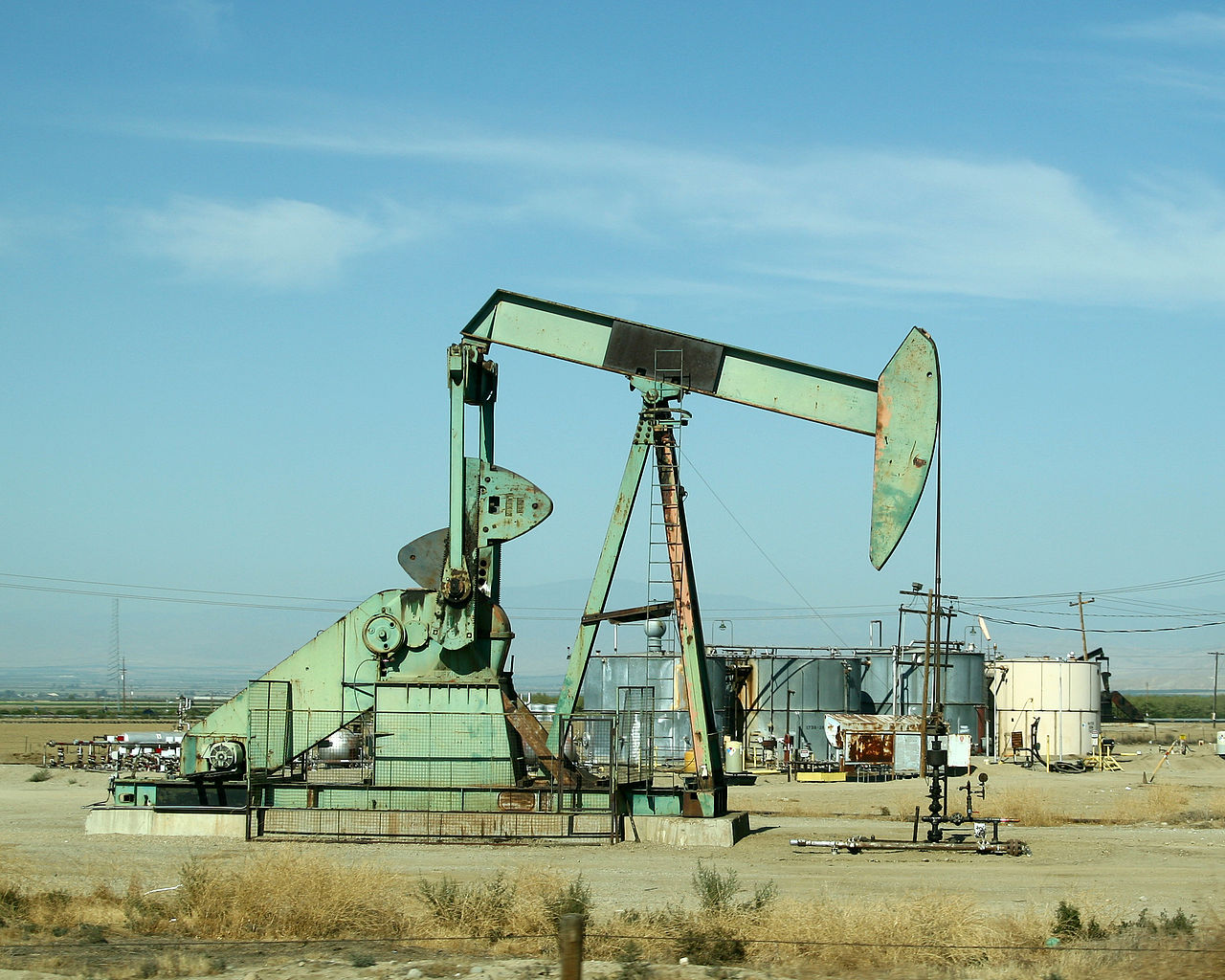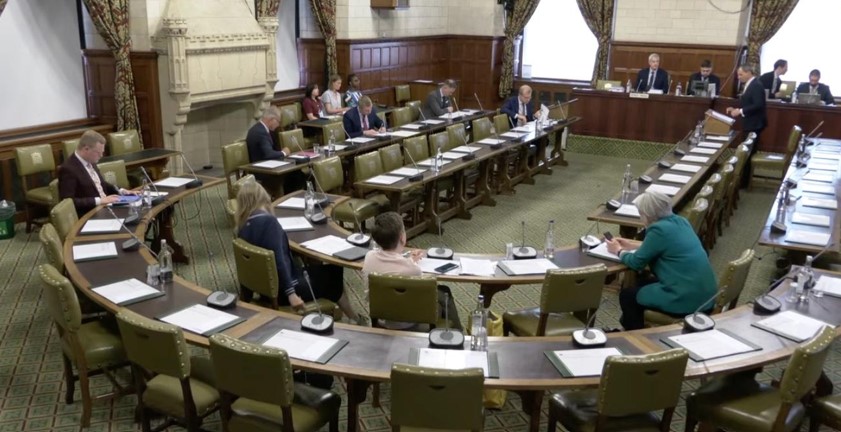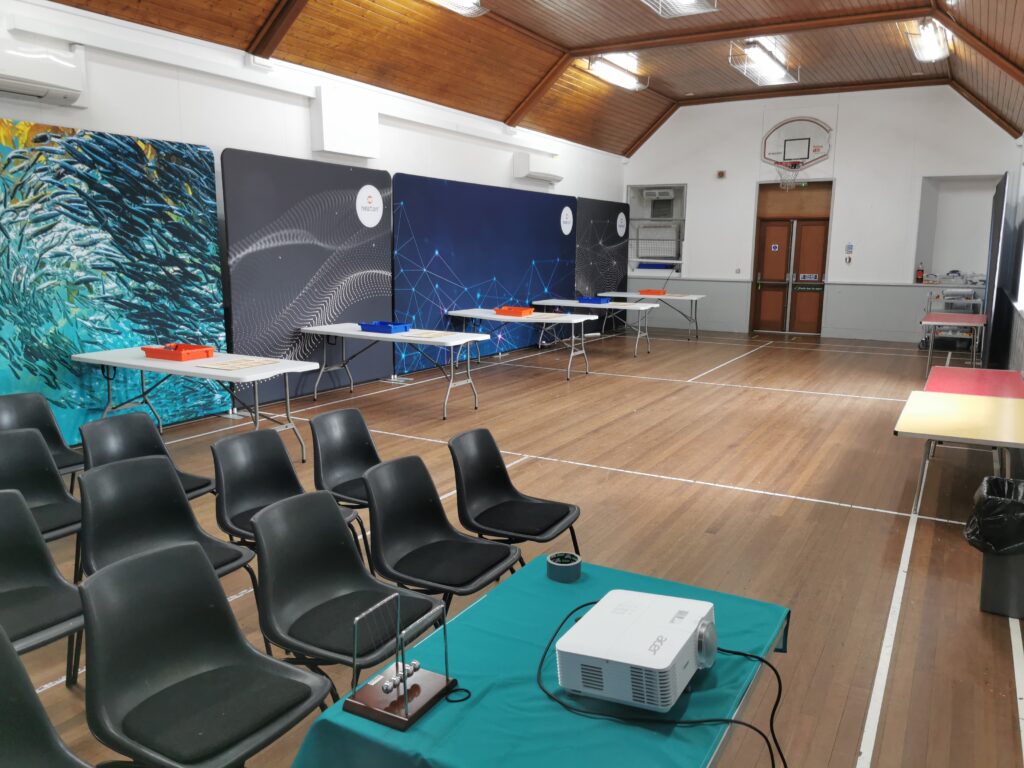Regulators with the California Division of Oil, Gas, and Geothermal Resources (DOGGR) announced in January that they plan to halt oil and gas wastewater injection in 475 oil wells in the Golden State — but also that they will continue to allow injections into federally protected aquifers at another 1,650 wells.
According to the environmental advocacy group Clean Water Action, the announcement appears to be in violation of DOGGR’s own compliance schedule, adopted by regulation in 2014, which requires all injection well operators that have not obtained an aquifer exemption from the U.S. Environmental Protection Agency (EPA) to cease injection by February 15, 2017.
DOGGR’s decision covers illegal injection operations in aquifers in 29 oilfields, which will continue past the February 15 deadline while the oil companies responsible for them apply for an exemption from the U.S. Safe Drinking Water Act. California officials and the EPA must review the merits of each exemption application. There is no set timeline for this process and it could take months, Clean Water Action said.
Keith Nakatani, Oil and Gas Program Manager for Clean Water Action, said that the group applauds DOGGR’s decision to shut down 475 illegal injection wells that are threatening drinking water sources. “But 1,650 other wells continue injecting in violation of the Safe Drinking Water Act,” he added. “These wells should have never been permitted, and they continue to put potential drinking water sources at risk.”
Don Drysdale, a spokesman for the California Department of Conservation, of which DOGGR is a sub-department, said that the February 15 deadline was established through discussions between the EPA, DOGGR, and the California State Water Resources Control Board. “All three parties were aware that the deadline was ambitious and have been in constant communication about the efforts to bring California into full compliance with the Safe Drinking Water Act,” Drysdale said. “U.S. EPA on January 26 transmitted a letter approving the State’s current approach.”
Missing Exemptions from EPA
Previously, over 20 injection wells were shut down by DOGGR (11 in 2014 and 12 in 2015) as the scale of the problem with the state’s Underground Injection Control Program was first coming to light. More recently, seven companies, including oil and gas behemoth Chevron, were forced to stop injecting wastewater into 11 California aquifers by December 31, 2016.
Those 11 aquifers should have been protected by the state of California all along, but officials erroneously believed that the oil companies had obtained exemptions from Safe Drinking Water Act protections from the EPA. It only emerged in 2014, after the companies had been injecting wastewater into those aquifers for three decades, that the EPA had never granted any such exemptions.
In March of 2015, as revelations were still emerging that regulators at DOGGR had improperly permitted thousands of wells to inject fluids from “enhanced oil recovery techniques,” such as acidization, cyclic steam injection, and fracking, into protected aquifers, California state legislators “called the agency’s historic practices corrupt, inept, and woefully mismanaged,” according to the LA Times.
When asked how DOGGR had ensured that injection operations had ceased in all 11 of the aquifers “historically treated as exempt,” which were subject to the December 31 deadline, Drysdale responded: “Initially, there were 98 injection wells listed in the aquifers facing the December deadline; injection into 71 of those was idled in advance of the deadline. The operators were very aware of the deadline and either have made or are making arrangements to dispose of produced water into other exempted zones. The Division will spot-check injection activities in those fields in addition to confirming during annual inspections and closely reviewing mandatory injection reports.”
DOGGR found that all but one of the 11 aquifers “historically treated as exempt” do not meet state and federal exemption criteria. Unauthorized injection can result in a $25,000-per-day civil penalty, Drysdale noted: “[T]hat should be an ample deterrent to unauthorized injection.”
The one exception is an aquifer known as the Walker Formation, which underlies the Round Mountain Field and is the subject of an aquifer exemption proposal submitted to the EPA on November 30, 2016.
Examining Exemption Proposals
In a letter to the EPA dated January 17, 2017, DOGGR wrote that it has received exemption proposals for another 42 fields in all, covering more than 2,000 wells. Some 13 of those fields, covering 460 wells, are subject to the February 15 deadline because the operators provided insufficient data to support their exemption proposal. Another 10 fields covering approximately 15 wells where injection was occurring in non-exempt aquifers will also be subject to the February 15 deadline because no data was provided to support an exemption.
All told, DOGGR says in the letter, 155 wells that were found to be injecting into aquifers suitable for drinking water have already been “brought into compliance.”
Spot-checks and record reviews will be used to ensure compliance by the companies with ongoing injection activities in those wells that are subject to the February 15 deadline, Drysdale said. “However,” he added, “DOGGR will inspect all the wells as quickly as resources allow. Again, operators have been made aware of the deadlines and the penalties that will result from non-compliance.”
DOGGR says that it has received sufficient data to evaluate the 29 other aquifer exemption proposals it has received, which would affect the 1,650 injection wells that aren’t subject to the February 15 deadline, and deemed them to have sufficient merit to be fully developed and forwarded to the State Water Control Resources Board for review. Those wells “will not be shut down because the Division and the State Water Board either currently concur that the exemption proposal meets the State and federal criteria for exemption or agree that the proposal appears to have merit warranting ultimate submission to US EPA,” according to the letter.
As of the date of the letter, the State Water Resources Control Board had preliminarily concurred on seven of the proposals, four of which were finalized and submitted to the EPA for approval. In the letter, DOGGR regulators add that they anticipate another nine aquifer exemption proposals will receive preliminary concurrence from the state, either in whole or part, by February 15, 2017. In other words, DOGGR and the State Water Board expect to have at least preliminary concurrence on 16 of the 29 exemption proposals by the February 15 deadline, which they are not required to comply with in any case.
“We believe that this approach will bring the State into compliance and protect public health and the environment, while avoiding unnecessarily disrupting oil and gas production in instances where the State has already done an evaluation of a proposal and believes the aquifer exemption as submitted by the State (or anticipated to be submitted by the State) will receive US EPA approval,” according to the DOGGR letter.
Clean Water Action’s Nakatani responded to DOGGR’s rationale for keeping more than 1,000 injection wells in operation, saying, “The state has had more than two years to address this problem and giving oil companies more time to illegally inject is unacceptable.”
Main image: A pump jack in California is used to mechanically lift liquid out of the well if there is not enough bottom hole pressure for the liquid to flow all the way to the surface. Credit: Sanjay Acharya, CC BY–SA 3.0
Subscribe to our newsletter
Stay up to date with DeSmog news and alerts







